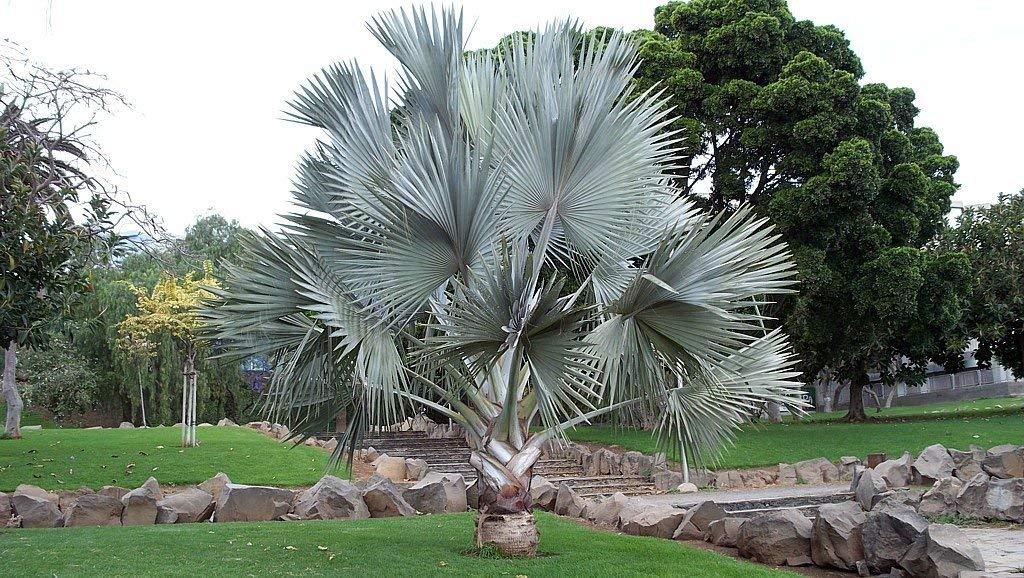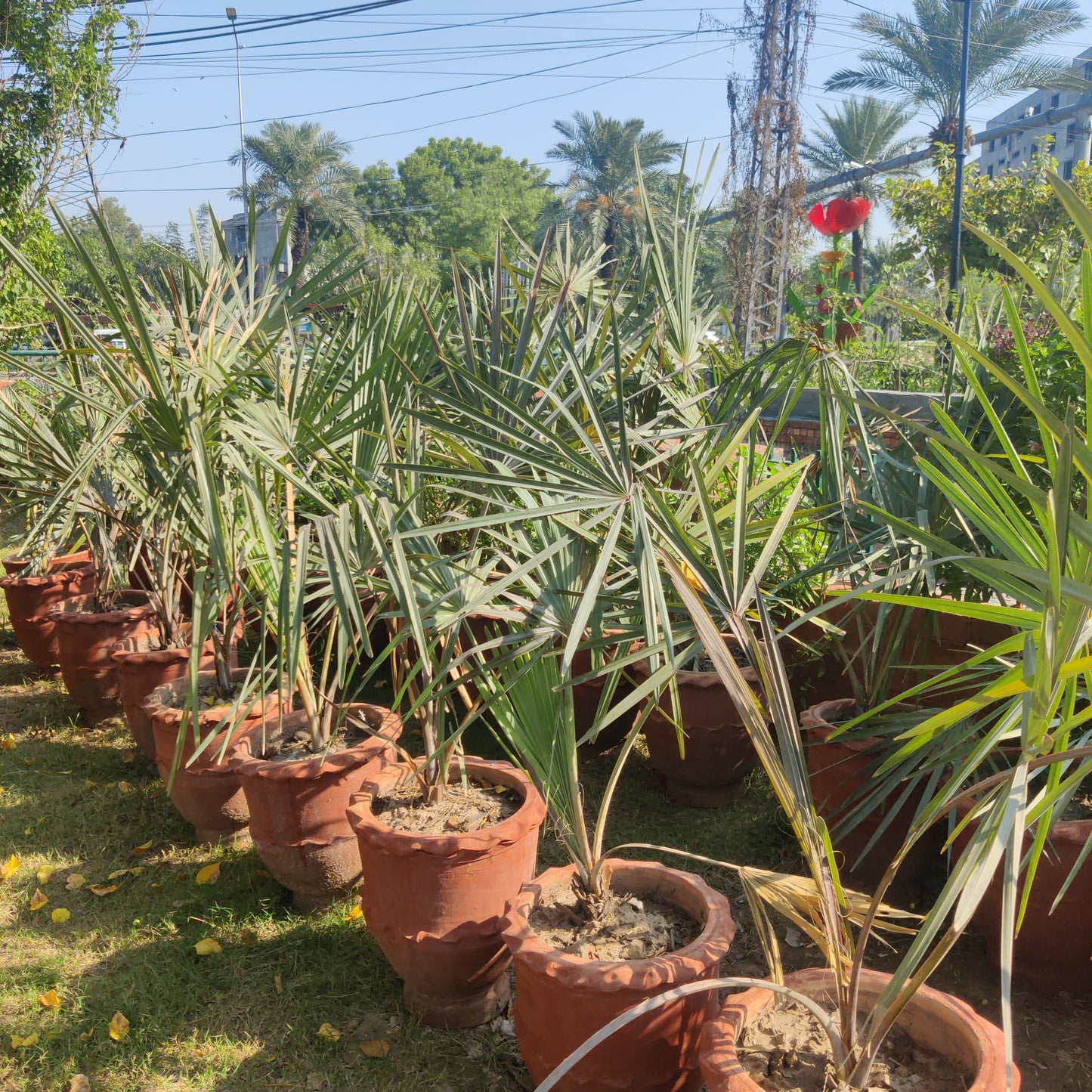1
/
of
2
PHA Commercial Nursery
Bismarckia Palm: Add Exotic Elegance to Your Outdoor Garden
Bismarckia Palm: Add Exotic Elegance to Your Outdoor Garden
Regular price
Rs.2,500.00 PKR
Regular price
Sale price
Rs.2,500.00 PKR
Unit price
/
per
Shipping calculated at checkout.
Couldn't load pickup availability
Bismarckia Palm is a striking, tropical palm known for its bold, silvery-blue fronds that create a dramatic focal point in any landscape. Ideal for large gardens or outdoor spaces, it thrives in full sun and well-drained soil. Low-maintenance and resilient, Bismarckia Palm adds an exotic, elegant touch to your garden, making it perfect for those looking for a unique and beautiful palm tree.
Share




